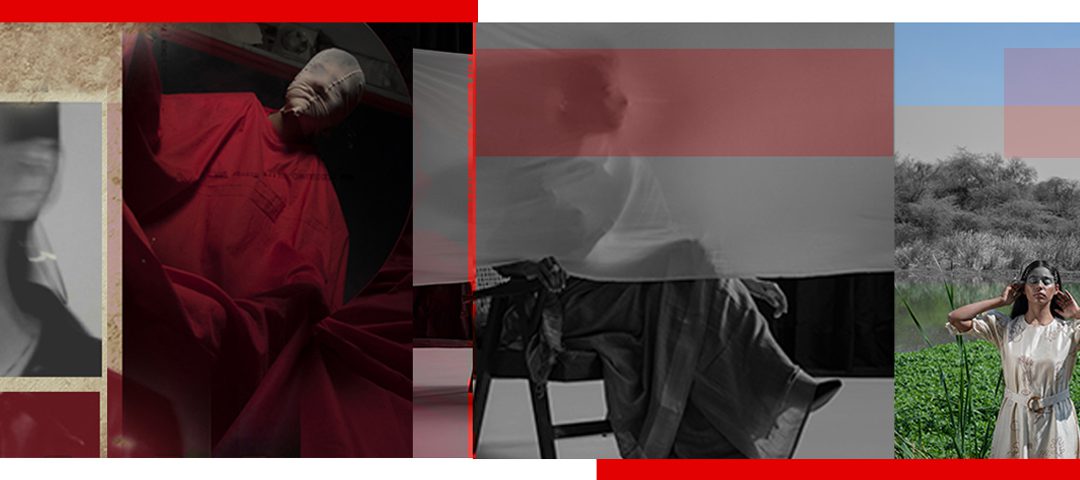“The Fashion Ecosystem is in a hyper state of transformation, spurred by the pandemic. The Emergent reality calls for advanced tech interventions, innovations and localised production to help the industry thrive in the times to come”, says our President and distinguished academician Prof. Nandita Abraham on fashion’s future course of action. As we gear up to host the 23rd International Federation of Fashion & Technology Institutes (IFFTI) Annual Conference, we take a look at the global fashion industry’s roadmap to resurgence in 2021. Will Fashion be digital-led? What sits on top of the industry’s priority list? How are consumers recalibrating their fashion sensibilities? Will circular business models become Fashion’s only saviour on its road to recovery?
Well, to answer your first question, we do think that Fashion is going online. A recent report by Business of Fashion and McKinsey & Company (The State of Fashion 2021) suggests that “The primary driver of growth in the coming year will continue to be digital channels, reflecting the fact that people in many countries remain reluctant to gather in crowded environments.” So to survive and succeed in the future, fashion brands will embrace the digital mode with open arms. From leveraging technologies like AR and VR, organising virtual fashion shows to creating an immersive online shopping experience or 3D designs, the industry will continue to drive digital forward.

Image Courtesy: Fashion goes Digital
Next in line, we have SUSTAINABILITY. The numero uno factor that will set the tone of Fashion and the industry in the days ahead. With the onset of the pandemic, the world has unanimously steered its interest towards slow fashion. Consumers today consciously think about the lifecycle of their clothes – where did they come from? Who made them? Did it impact the environment negatively? And like them, the entire fashion community today is analyzing the entire supply chain from the ground up, looking for ways to improve and mend. Take Levis for instance. The iconic denim brand recently unveiled a new collection of denims that utilizes 96% less water for production. And like Levis, fashion brands across the globe are steadily taking the sustainable route, signaling a planet-positive future.

Image Courtesy: Levi’s waterless jeans for Sustainability
Clearly, a circular fashion economy coupled with digital tools will be at the core of the fashion industry in the days ahead. And organisations that can harmonise and champion these two will certainly prosper. Vanessa Rothschild, H&M Group’s Sustainability Steering and Development Manager prophecies that “Companies that embrace circularity and digitization at the same time will dominate the fashion industry.” Going by this forecast, we can imagine that the next decade will witness Fashion’s tryst with digital tools in line with the new consumer demands and its transformative role in spearheading a sustainable way of living.

Image Courtesy: Circular Fashion
When talking about the future, we cannot forget to highlight how Fashion is moving towards an inclusive tomorrow. And how brands are making a conscious effort to take a stand on global issues – Be it the Black Lives Matter movement, Fat Tax issue or Labour Exploitation. Emily Farra, Vogue’s Senior Fashion News Writer says “It’s no longer an option to sit on the sidelines and stay quiet…Consumers want to shop brands whose values align with theirs.” We completely agree. In the time ahead, fashion houses with a strong sartorial and societal voice will certainly be the forerunners of this industry.

Backstage at Gucci Spring 2017
Image Courtesy: Inclusivity in Fashion
The new normal has given rise to a dynamic present and a super-dynamic future. And the only way to navigate both is to evolve with time. So it’s about time we take action and work towards building a transparent, sustainable and better fashion ecosystem.












